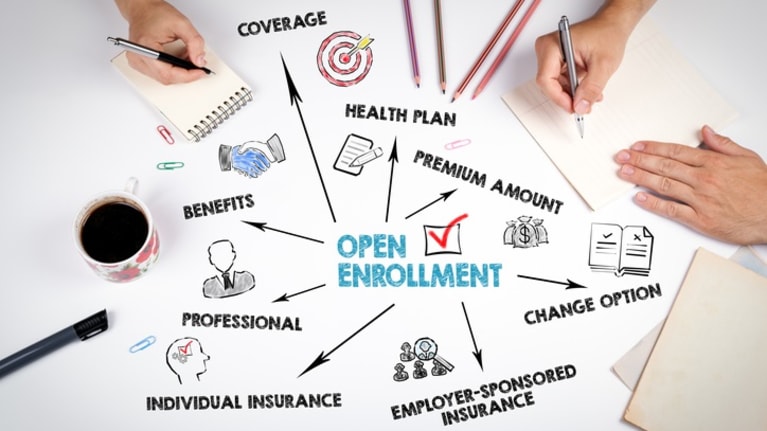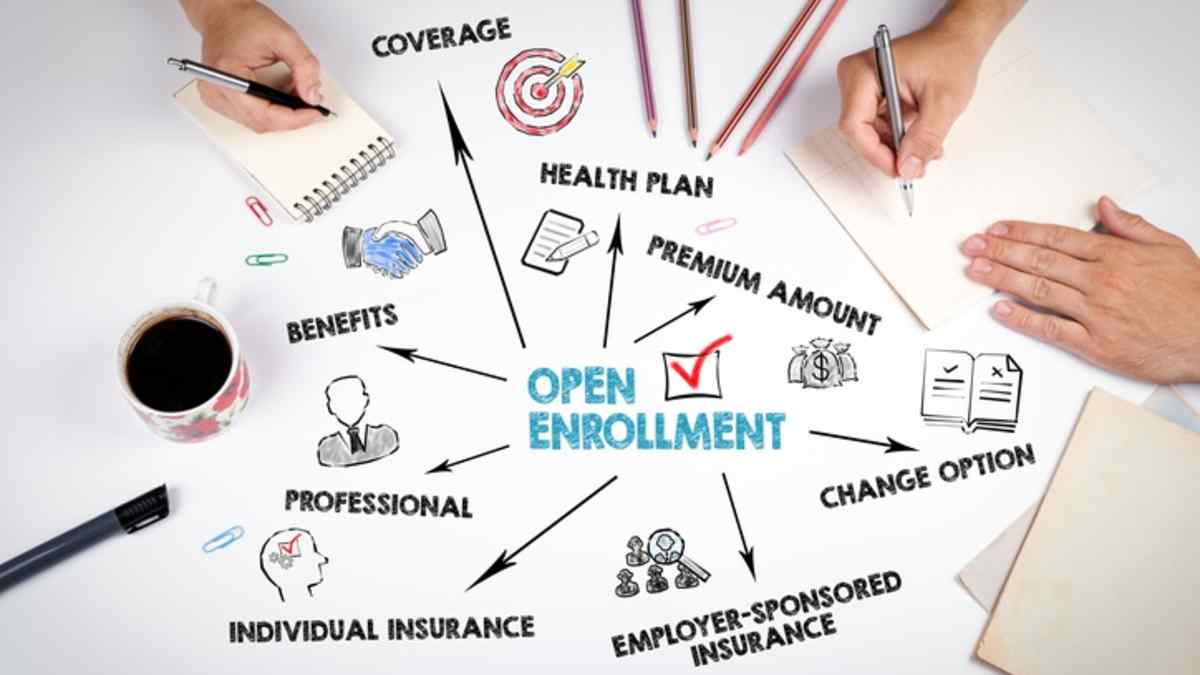

Open enrollment for employee benefits has long been the best opportunity for employers to showcase what they provide to their employees beyond a paycheck. Even so, given the ongoing competition for talent, anything that communicates the value of employee benefits is taking on greater importance.
Employers are recognizing that the value of benefits is only as great as employees’ understanding of how these benefits can help them and their families lead better, healthier lives. The challenge, then, is to find out what employees need to know about their benefits, how they learn and retain benefits-related information, and what benefits they value the most. From there, it is up to the employer to make sure it is providing information that meets those needs.
Engagement for All Seasons
But does engagement with employee benefits have to occur only during open enrollment? As employers have added new benefits to meet employee needs, the already daunting amount of information and decision-making the average employee faces during open enrollment has only increased.
Some employers are responding by changing the entire timeline for open enrollment—for example, starting open enrollment earlier than in the past. “This gives employees a preview of what is to come, including changes, enhancements and timing,” said Suzanne Haslam, senior vice president of employee benefits with brokerage and consulting firm Woodruff Sawyer in San Francisco.
Others are adding more follow-up after the traditional open enrollment season ends to make sure employees are happy with the process and their decisions. For example, employers may want to target employees who are new to the organization, or to the workplace in general, with additional communication and follow up to make sure they have all they need to make benefits decisions.
Andrea Meyer, SHRM-SCP, director of benefits services at WorkSmart Systems Inc., an Indianapolis-based professional services organization, recommends sending supplemental benefits information to new and younger employees to make sure they know how to fully use their chosen benefits. She also suggested that employers poll employees following open enrollment meetings to get a sense of how the enrollment process went and to make sure employees have everything they need.
If employers are starting open enrollment sooner and ending it later with follow-up information and gathering employee feedback, why not expand benefits “enrollment” even further? Some employers are doing just that by keeping benefits communication, including information on what is available and how to use specific programs, going throughout the year.
“Communication during open enrollment season is a given,” Haslam said. “Now, we are also seeing employers take this time to promote the year-round communication efforts.” This approach not only creates opportunities to highlight certain benefits that might get overlooked during open enrollment, but it also reminds employees that using their benefits is not necessarily tied to a specific event or date on the calendar. In fact, employees may not have to enroll in many new benefits at all since a growing number of offerings are available whenever an employee needs them.
Opportunities to Adjust
By deliberately expanding open enrollment for certain benefits, employers are also creating a constant feedback loop on what employees use and value. This ongoing engagement with benefits provides the impetus for employers to monitor and change benefits more quickly in response to what employees need and the work environment demands.
“Benefits are not a one-time thing,” said Amy Spurling, founder and CEO of Compt, a benefits technology firm in Boston. “The market is very dynamic, so a benefit review cannot be just once a year right now.”
While health insurance must, of course, be handled during the fixed open enrollment period in the fall, Compt reviews and communicates about certain benefits regularly, including the stipends it provides to employees.
These stipends include those that support remote work and home offices, out-of-state health care travel, and employee wellness. Compt also gets feedback from employees on how they are using the benefits and if those benefits are meeting their needs.
For example, the firm recently learned that the remote-work stipends were not large enough to ensure that employees could refresh certain office gear when needed or that new hires could set up their offices. “Because of this, we instituted two stipends—one for new hires to use immediately and one for all current employees to receive annually,” Spurling said.
Engaging with Benefits
Although the virtual enrollment resources and tools that employers provided during the pandemic are still a critically important part of open enrollment, employers working to bring remote employees back to work onsite can use open enrollment to do that, even if only temporarily.
Onsite open enrollment activities can be an opportunity for employees to engage with the organization and each other in ways that have been missing. Employers “can augment virtual benefits education and fairs with in-person experiences, such as chair massages, ergonomic assessment training and so on,” Haslam suggested.
The best way to extend benefits communication beyond open enrollment is likely to vary by organization and even within various employee demographic groups. Progyny, a fertility and family planning benefits company based in New York City, leverages its employee resource groups to provide benefits communication that is focused on the needs of a specific group, such as employees with children and employees with disabilities or who have family members with disabilities.
In addition, “we have found in the last couple of years that micro-learnings on benefits; for example, health and financial topics, have yielded higher views and more interaction,” said Cassandra Pratt, Progyny’s senior vice president of people.
Progyny plans to roll out micro-learnings in six key areas related to health care this year. Some of these micro-learnings focus on using health benefits more effectively, such as educating employees on choosing between urgent care and the emergency room, and providing tools to help employees find the best in-network health care.
Other micro-learnings are designed to promote the use of preventive care services and to educate employees on how their mental health impacts their overall physical health.
In a competitive market for talent, benefits advisors believe, anything employers can do to emphasize the value and utility of the benefits they provide can only be a net positive.
Joanne Sammer is a New Jersey-based business and financial writer.

